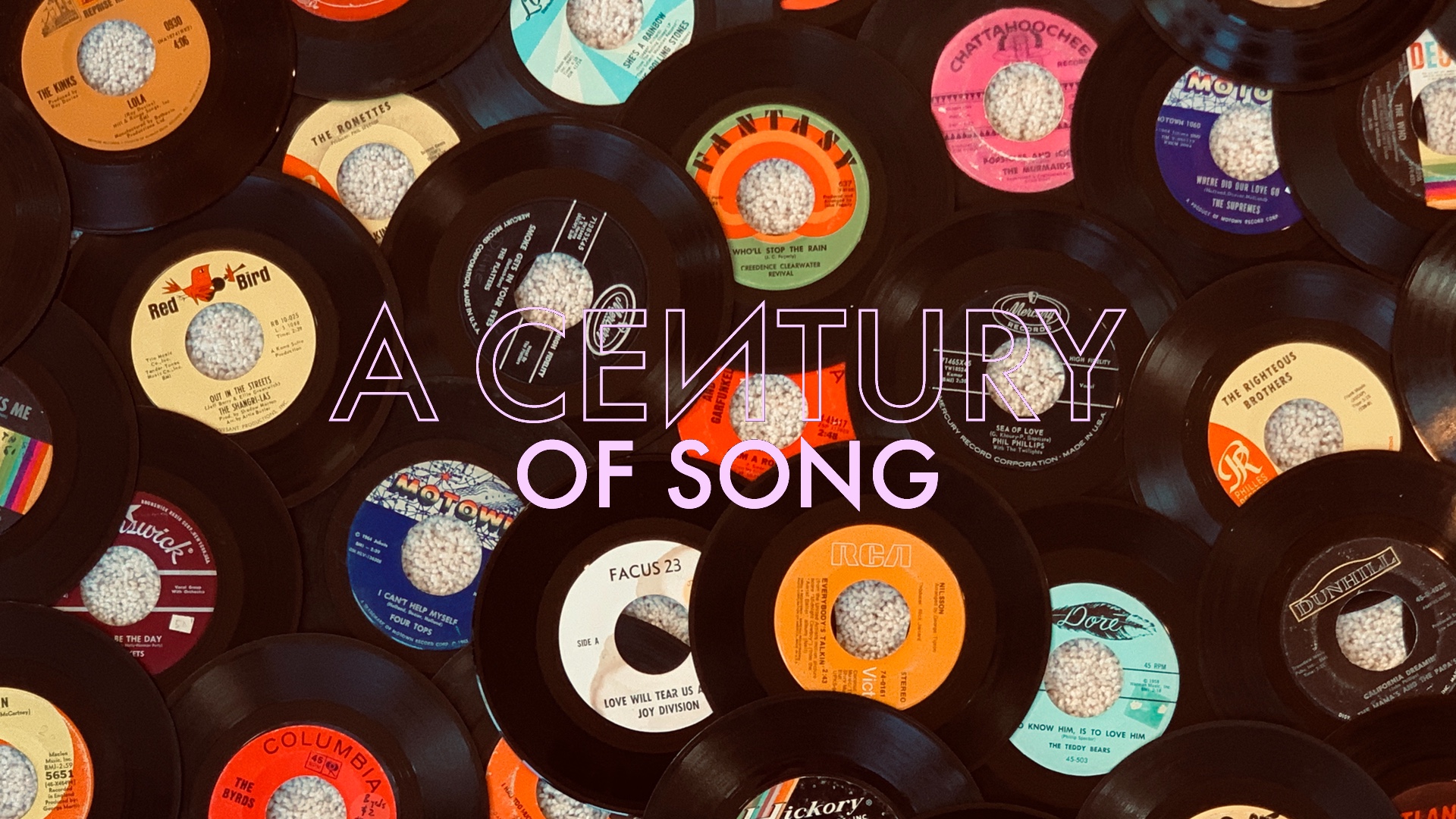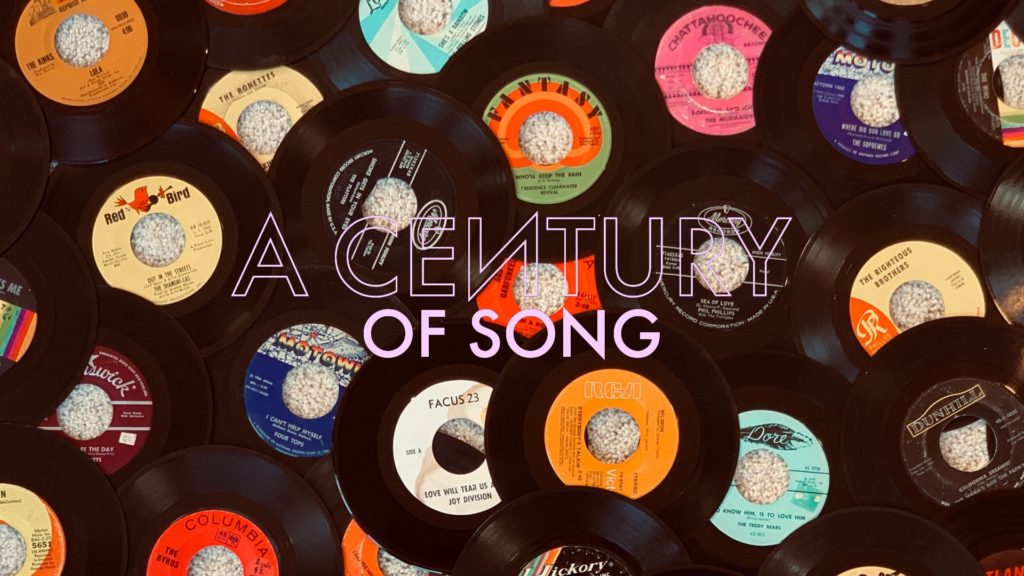
A Century of Song is an attempt to summarize 100 years of popular music through 1000 carefully chosen tracks. Included within this list are landmark singles, stellar album cuts, huge hits, hidden gems, and more than a few personal favorites. Read the introduction for the project here, and enjoy the embedded videos and Spotify playlist.
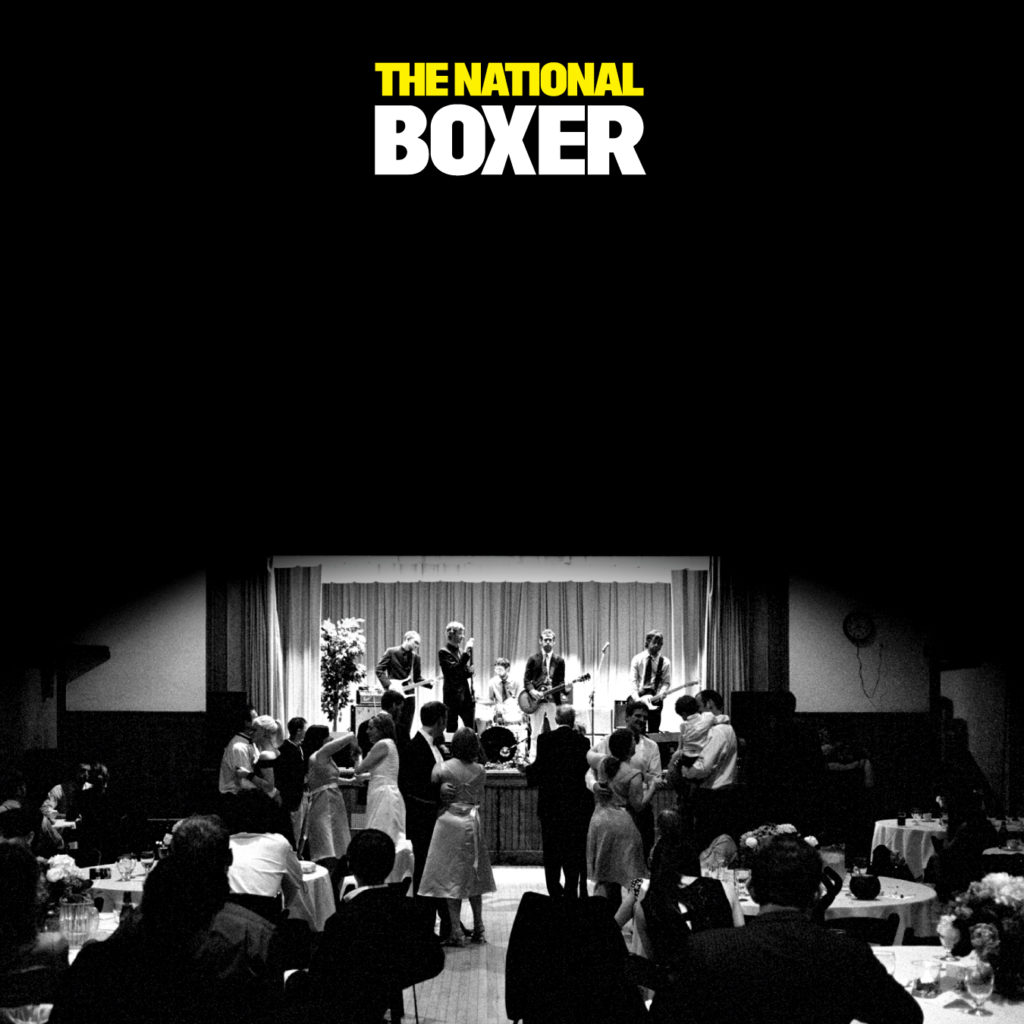
400
The National were the poster band for a certain type of indie rock in the late-2000s: disaffected, sincere, and thoughtful. That sense of disillusionment comes through most shiningly on the opening track to the group’s 2007 breakthrough record, Boxer.
“Fake Empire” arrives softly on a bed of stately piano chords. Matt Berninger’s drawling baritone vocals provide a fitting accompaniment to the spacious arrangement and the skittering rhythm of the band’s not-so-secret weapon, drummer Bryan Devendorf. There’s a refined sensibility to the track that bridges the gap between the “late night out” vibe of their New York contemporaries The Walkmen, and the ornate production of fellow Brooklynites Grizzly Bear.
To be young and politically-engaged in the 2000’s was to be in a near-constant state of malaise. For those who refused to consider apathy an option, Berninger’s description of being “half awake in a fake empire” felt all too apt. Boxer arrived toward the tail end of the Bush era – a time in which America’s most egregious abuses of power were primarily being felt half a world away. “Fake Empire” was a semi-coded message of solidarity to those who took the time to care.
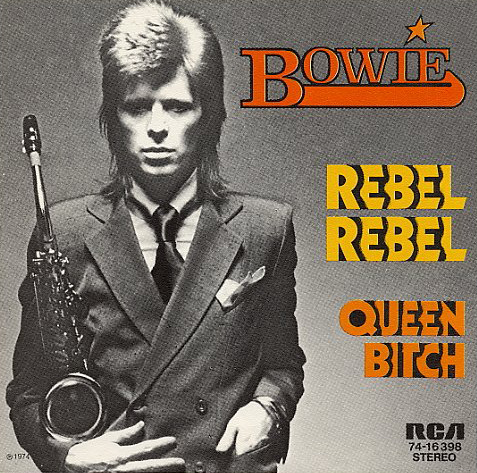
399
Despite the number of outstanding guitarists that David Bowie played with during his decade of dominance (Mick Ronson, Carlos Alomar, Ricky Gardiner, and Robert Fripp), his greatest riff of the seventies was performed by Bowie himself. So effective that it was utilized in both the song’s verses and chorus, that riff forms the foundation of “Rebel Rebel.”
Not only is “Rebel Rebel”‘s riff fantastic, but the gritty tone of Bowie’s guitar provided a perfect link between the glam rock anthems of his Ziggy Stardust era, and the corroded mutant soul of its parent album, 1974’s Diamond Dogs. While fairly characterized as a transitional record, “Rebel Rebel” is the album’s flawless centerpiece.
“Rebel Rebel” is one of Bowie’s defining moments. The androgynous undercurrents of his recent work step to the forefront in the song’s lyrics. As such, the track would become an anthem of sexual and gender fluidity, further solidifying Bowie’s status as an icon of the LGBTQ community.
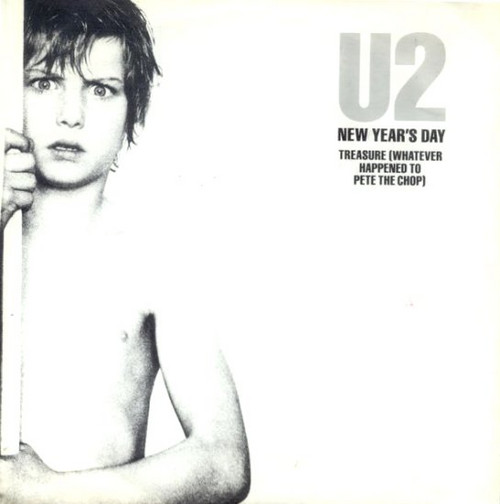
398
Whereas the fiery “Sunday Bloody Sunday” (#574) had been inspired by “The Troubles” of U2’s native Ireland, the other great anthem from 1983’s War was written as a response to the Polish Solidarity movement. Released as the album’s first single, “New Year’s Day” stands as one of U2’s most compelling moments on record.
Driven by The Edge’s melancholy piano melody, “New Year’s Day” features a propulsive performance by the band’s rhythm section, Adam Clayton (bass) and Larry Mullen Jr. (drums). Edge’s searing guitar solo matches the plaintive nature of Bono’s lyrics, which straddle the line between the personal and political.
U2 had been writing anthems since they formed in their teens, but War saw the group growing into their ambitions in frequently stunning fashion. “New Year’s Day” represents a time before those ambitions involved more stunts than substance. Despite the song’s tone of resignation, it’s a stirring track from a band with a sincere belief in the ability of their music to affect positive change.
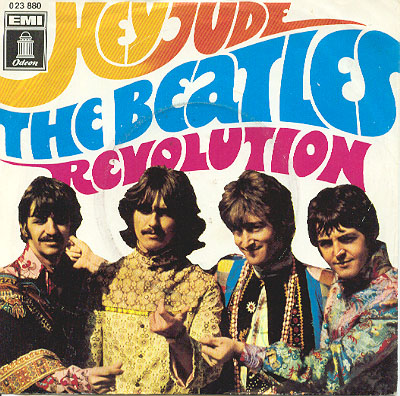
397
Arriving on a wave of the heaviest distortion to grace either side of a Beatles single, “Revolution” found the group making the most overt political commentary of their career. Released as the B-side to “Hey Jude,” the song would become one of the most iconic tracks in the band’s catalog, tapping into the sense of unrest that gripped both sides of the Atlantic during the turbulent summer of 1968.
“Revolution” found John Lennon reflecting on balancing the urgency for change with the impulse to tear it all down. Despite the incendiary qualities of the music, Lennon’s lyrics advocated for peaceful demonstrations, and decried those who called for destruction. Perhaps in response to his critics on the left, Lennon would hide a message in the live vocal performance from the promotional video for “Revolution,” throwing the word “in,” after delivering the song’s critical line – “But when you talk about destruction, don’t you know that you can count me out.” He would do the same on the more lethargic version that appears on the “White Album.”
Lennon would spend the rest of his life skirting the line between radical and restrained – both in his approach toward politics and music. Like many other cultural icons before and since, his words have been subject to endless reconsideration and re-contextualization. “Revolution” remains one of his most feverishly debated works.
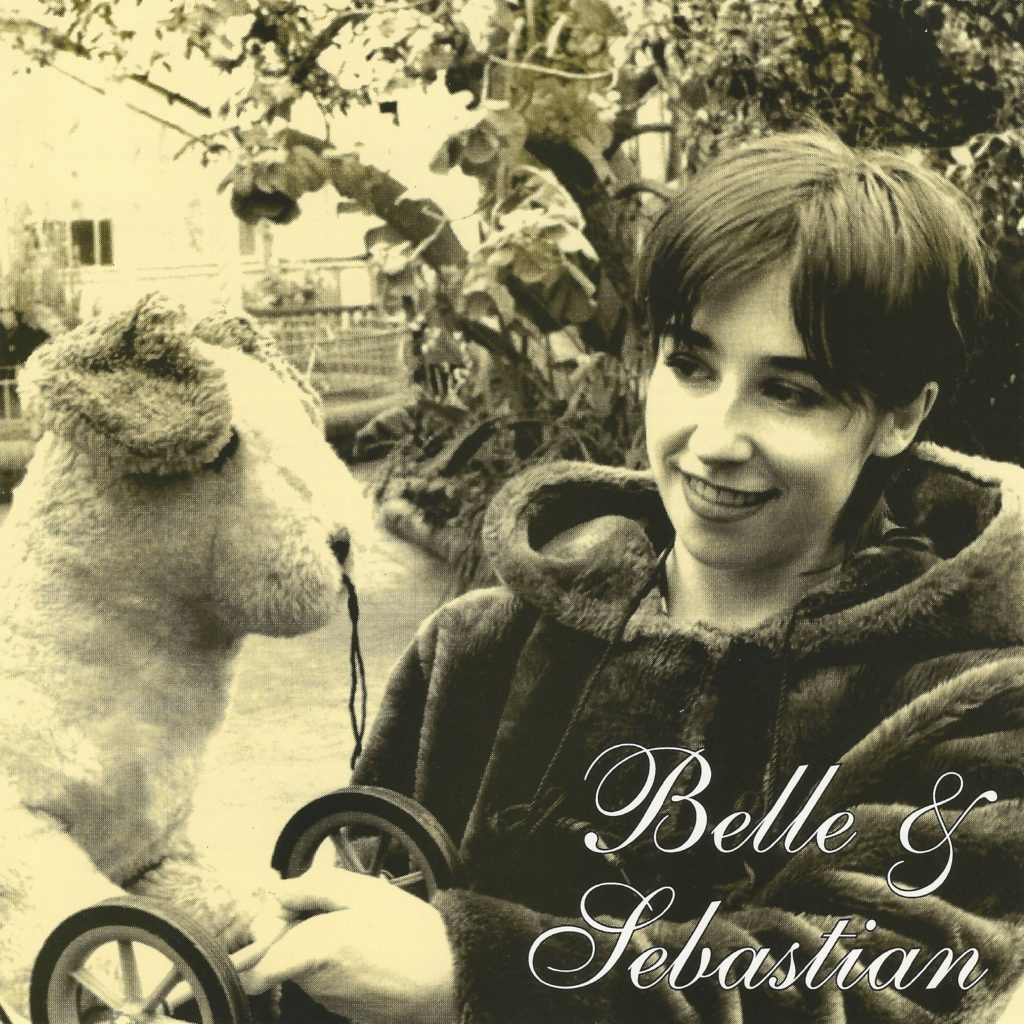
396
Belle and Sebastian recorded their first record, 1996’s Tigermilk, as part of a project for a college music business course. After the album became an unexpected hit with critics, the group quickly found their way into a proper recording studio for the sessions that would yield their masterpiece, 1996’s If You’re Feeling Sinister.
Though it was released after If You’re Feeling Sinister, the 1997 Dog on Wheels EP was actually recorded before the records that had made Belle and Sebastian indie stars. It’s an early version of the Tigermilk standout, “The State I Am In,” that stands as the EP’s highlight. A winding coming-of-age narrative, the song matches Stuart Murdoch’s gift for storytelling with the group’s baroque arrangements.
Fans of Belle and Sebastian tend to divide relatively evenly between those that prefer the Tigermilk cut, or the earlier Dog on Wheels version. While both are stellar, there’s a refreshing sense of spontaneity to the latter that makes it slightly preferable in my opinion. Either way, it’s an immaculately crafted folk-pop track from one of the best groups of their time.
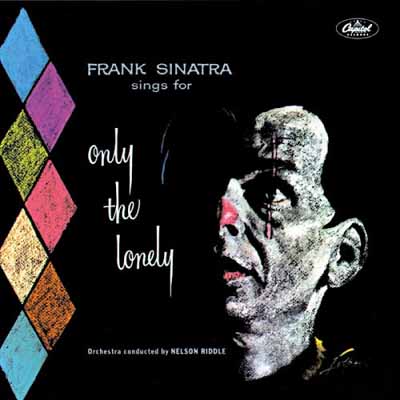
395
While 1955’s In the Wee Small Hours is often credited for signaling the arrival of the album age, a case could be made for 1958’s Only the Lonely as Frank Sinatra’s masterpiece. Featuring the most affecting arrangements by Nelson Riddle and many of Sinatra’s finest vocal performances, the album put its best foot forward on the opening title track.
Written by Samy Cahn and Jimmy Van Heusen, “Only the Lonely” drips with melancholy. While Sinatra was not a songwriter, he rarely failed to put his own definitive stamp on a recording. The entirety of Only the Lonely (the album) finds him in deep despair – still reeling from his recently finalized divorce from Ava Gardner, and battling the severe depression that remains an overlooked part of his story.
Nelson Riddle was also going through a traumatic time in his life, having recently lost both his mother and daughter. His lush orchestration is tinged with a palpable sense of sadness – conveying an even more universal feeling of grief than Sinatra’s vocals.
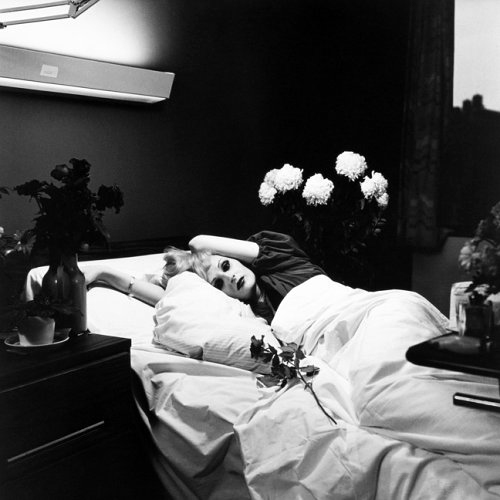
394
Antony and the Johnsons’ sophomore release, 2005’s I Am a Bird Now, was a critical favorite that also proved to be the group’s commercial breakthrough. Winning the UK’s coveted Mercury Prize, the album gave listeners a stunning first impression with its haunting first single, “Hope There’s Someone.”
The most immediately arresting elements of “Hope There’s Someone” were the lyrics and vocals of Antony Hegarty (known today as ANOHNI). Her voice flutters with a tone vaguely reminiscent of Nina Simone, and her multi-tracked performance reaches a powerful crescendo in the track’s hypnotic conclusion.
The lyrics of “Hope There’s Someone” are arguably even more stirring. On paper, they seem to be a simple longing for companionship, but weighed in the context of I Am a Bird Now – with its recurring themes of depression, gender dysphoria, and self-acceptance – it’s both heartbreaking and life-affirming.
The cover of I Am a Bird Now features Peter Hujar’s striking photo of Candy Darling on her death bed in 1974. In 1968, Lou Reed had written “Candy Says” (#576) as a tribute to Darling – a friend and fellow Andy Warhol associate. With “Hope There’s Someone,” ANOHNI – who would be a frequent collaborator with Reed until his death in 2013 – would craft a more-than-worthy successor to one of Reed’s greatest songs.
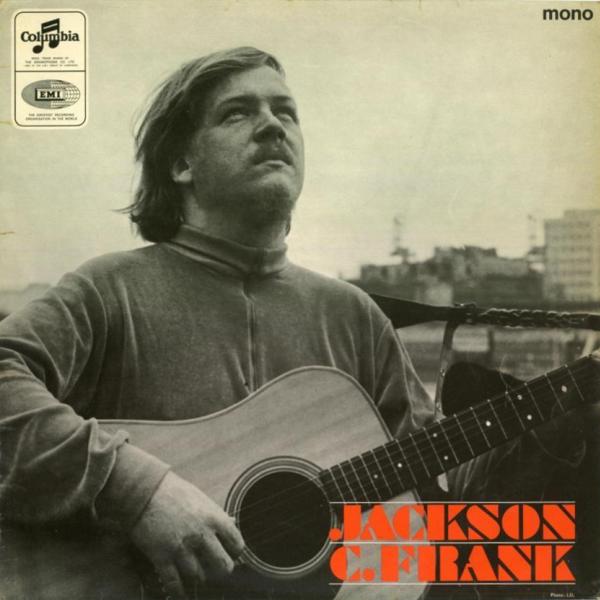
393
There are few stories in popular music more tragic than that of Jackson C. Frank. Frank first learned to play guitar at eleven years old, while in the hospital recovering from severe burns on over half of his body. He had been injured in a furnace explosion in his elementary school classroom. Fifteen of Frank’s classmates were killed in the blast, and while he survived, the incident would set a lifetime of trauma into motion.
Frank would later be diagnosed with schizophrenia, lose a child to cystic fibrosis, spend several years homeless, lose sight in one eye after being deliberately shot by a pellet gun, and die broke – of pneumonia – in 1999 at the age of fifty-six. Somewhere in the middle of these tragic episodes, he recorded a single self-titled album to little notice.
Though it contains few specifics of his harrowing biography, Frank’s greatest song still bears the profound sense of sadness that one might expect. Sparsely produced by Paul Simon – who was at the time, like Frank, an American folk singer in search of stardom in England – “Blues Run the Game” is a deeply affecting track that ably demonstrated Frank’s skills as a guitarist, singer, and songwriter.
Jackson C. Frank is a phenomenal record – one that should have broken a long streak of heartbreaks for its creator. However, Frank’s personal troubles and the record’s underwhelming commercial performance would ensure that it would be his only release. “Blues Run the Game” is a most impressive entry point to a long-overlooked record.
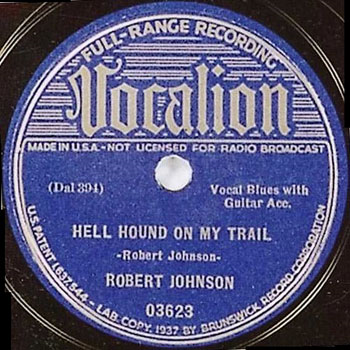
392
While it’s hard to imagine anyone really believing that Robert Johnson had sold his soul to the devil at the crossroads – a story that actually originated with the unrelated bluesman Tommy Johnson – “Hell Hound on My Trail” may have made a few listeners at least consider the possibility.
Featuring one of Johnson’s most powerful vocal performances, “Hell Hound” finds him sounding positively haunted by the titular beast. His voice shakes and cracks as he futilely tries to delay the penance necessary to complete the transaction that allegedly gave Johnson his otherworldly talents.
Deal or no deal, Johnson’s luck would soon run out. “Hell Hound” was recorded in his final session – completing the twenty-nine-song repertoire that made him one of the most influential figures in the history of American music. This stirring track remains one of the centerpieces of Johnson’s massive legacy.
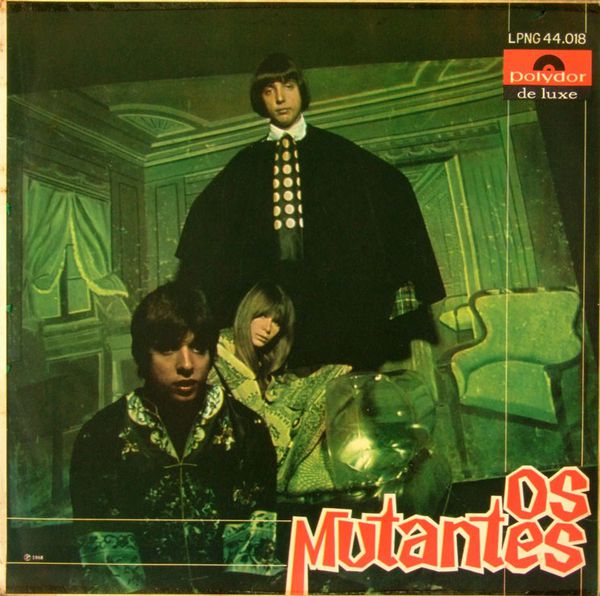
391
The highlight of their gloriously deranged self-titled debut record, “A Minha Menina” is the finest track from São Paulo’s Os Mutantes. Arguably the wildest figures in Brazil’s fast-burning Tropicália movement, Mutantes cemented their mark on the scene with the dizzying eclecticism of their initial three-album run.
Never were the group more effortlessly tuneful than on “A Minha Menina.” While still leaving room for their signature off-kilter flourishes – the best of which here is Sérgio Dias’ wonderfully fuzzed-out lead guitar – the group retains the innate charm of Jorge Ben’s original recording, while giving the track a thoroughly madcap reworking. In a sign of solidarity with the Tropicalistas – who considered him a crucial influence on their work – Ben plays rhythm guitar and provides lead vocals on the track.
Mutantes were a truly unique musical group, one that thrived on the creative tension between brothers Dias and Arnaldo Baptista, and the star power of vocalist Rita Lee. However, special recognition must also be made of the group’s production team, particularly arranger Rogério Duprat – who is alternately referred to as the George Martin or Brian Wilson of Brazil. Duprat’s keen sense of arrangement helped to hone the impulses of a restlessly exploratory group into something wholly accessible.

390
One of the best debut album openers in rock history, “Disorder” is a misleadingly spry introduction to Joy Division’s 1979 landmark, Unknown Pleasures. Betraying the darkly pessimistic nature of the tracks that follow, the song has a warmth and energy that is not often associated with the post-punk pioneers.
Despite the somewhat incongruous nature of the track, “Disorder” displays all of the core elements of Joy Division’s sound. Peter Hook’s melodic bass line provides the bait (had to resist the obvious pun there), and the combination of Martin Hannett’s production and Bernard Sumner’s guitar/keyboard work creates an engrossing sense of atmosphere.
Of course, at the center of it all was Ian Curtis, the band’s compelling-but-troubled frontman. While the songs that followed on Unknown Pleasures would provide a deeper glimpse into his state of mind, “Disorder” gives an intriguing preview – coated within the album’s most inviting production and memorable melody.
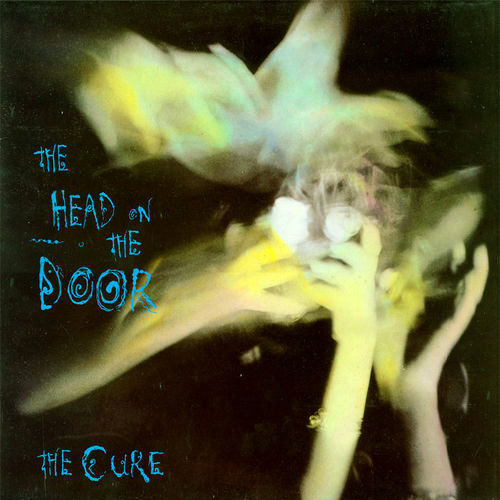
389
Like Joy Division, The Cure were most consistently defined by their predilection for darkness. However, at the height of their powers, the band displayed an uncanny knack for housing their melancholy moodiness in irresistible pop melodies. “In Between Days” – the highlight from 1985’s The Head on the Door – finds the group close to their peak.
There’s a buoyancy to the rhythm of “In Between Days” that perfectly augments the song’s considerable melodic gifts. By the time that Robert Smith’s vocals enter, the song has already unleashed no less than four killer hooks – an embarrassment of riches that is underpinned by the track’s propulsive beat.
Smith’s performance is one of his most richly emotive. The subtle touches of his self-harmonized vocals underscore the most appealing melodic turns of a song that is virtually all chorus. To many, The Cure are epitomized by the dark tracks that made them formative figures on the goth scene, but at their core, they were one hell of a pop band.
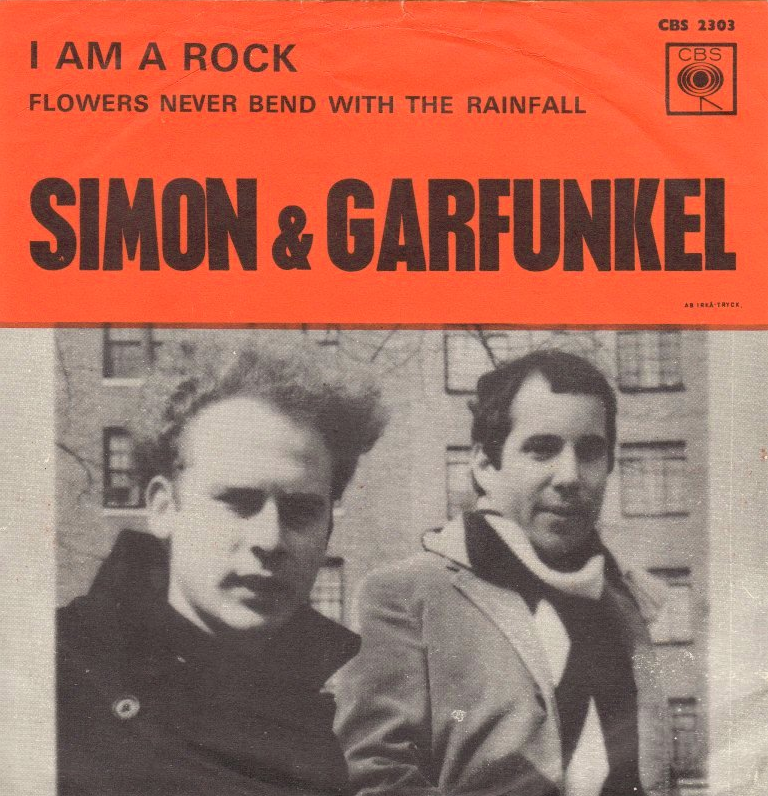
388
There were a few years in my late-teens/early-twenties where I’m pretty sure that I unconsciously made “I Am a Rock” my theme song. While I’m certain that I was far from the first – or last – college-aged, quasi-intellectual to find solace in Paul Simon’s declaration of impenetrability, I’m now kind of: A) partially embarrassed by my own inflated sense of self-importance; and B) glad that I at least felt a sense of kinship with a legitimately great song.
I’ve always assumed that Simon must have been inspired by The Catcher in the Rye when he wrote “I Am a Rock” – not a unique thought apparently, as a quick Google search just revealed. Whether speaking autobiographically or in character, there is an unquestionably Holden Caulfield-esque vibe to the song’s particular brand of alienation – one that had no cure, but that could at least be mitigated by Simon’s protective “books and poetry.”
Whether or not that assumption of the song’s inspiration is true is beyond me – or at least requires a deeper Google search. Either way, Salinger and Simon were both tapping into something that was probably far more universal than either of them ever could have known.

387
Along with “For Reverend Green,” “Fireworks” forms the 1-2 punch that serves as the centerpiece to Animal Collective’s 2007 album, Strawberry Jam. Whereas the former track was visceral and abrasive, “Fireworks” found the experimentally minded Baltimore group turning in their most magisterial production to date.
There is an undeniably busy nature to “Fireworks” that makes its virtues a bit hard to decipher at first. That – coupled with Avey Tare’s vocal yelps and a change in time signature – can make for a track that seems far more imposing on the surface than it actually is. However, buried within the dense mix is an impeccable pop song – one that communicates a warmly nostalgic feeling, despite its unconventionality.
Strawberry Jam represented the last Animal Collective album that attracted and repelled in equal measure. That tension – which defined a remarkably strong trio of records that also included 2004’s Sung Tongs and 2005’s Feels – was largely absent from the broadly welcoming Merriweather Post Pavilion (2009). While that album would prove to be the group’s most conventionally successful, for many listeners, “Fireworks” represents the band’s ideal state.
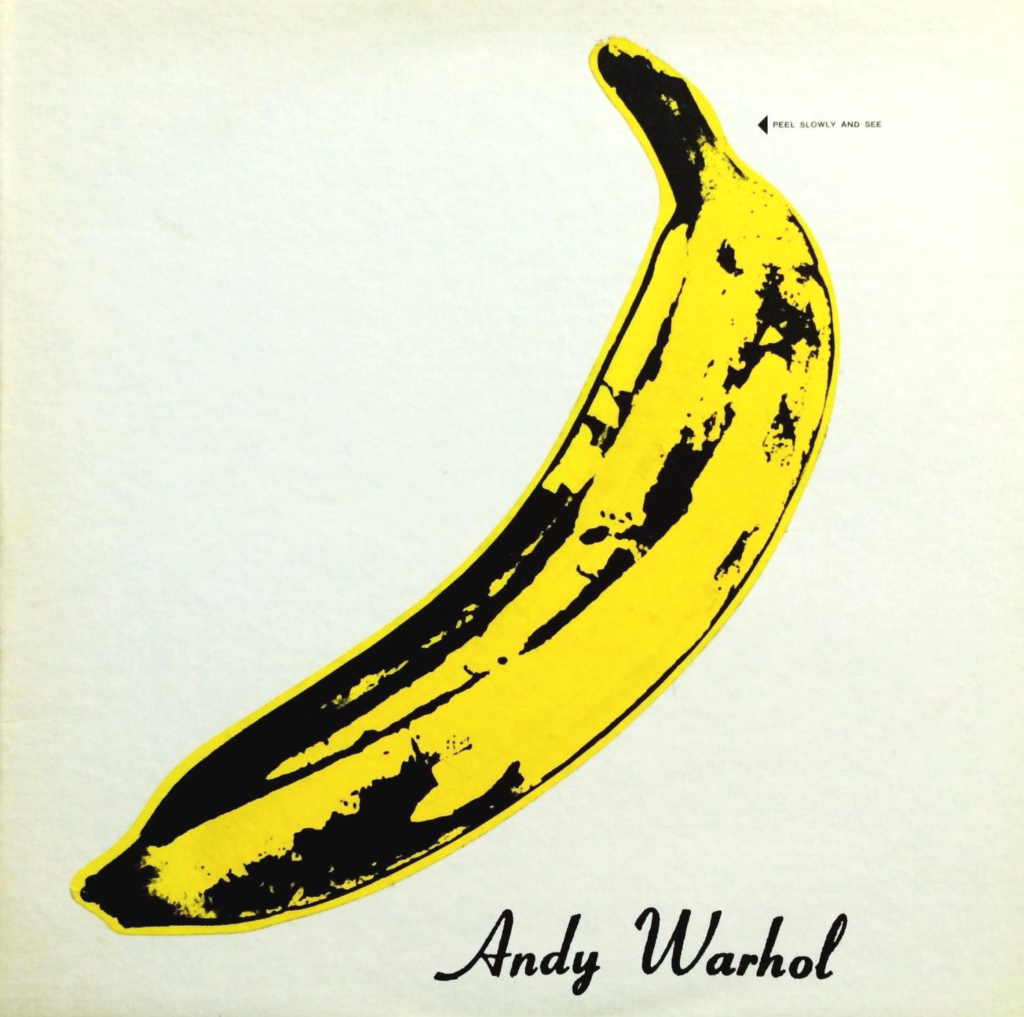
386
For all the talk of its game-changing nature, The Velvet Underground’s 1967 debut is often just a simply phenomenal pop record. One of the album’s most iconic tracks, “I’m Waiting for the Man” deftly skirts the line between the subversive art collective of legend, and the rock band that really were at heart.
Much of the band’s notoriety stems from their open embrace of taboo subjects. In a time when more famous acts were finding their songs banned for veiled references to drugs, “I’m Waiting for the Man” offered a plain-faced account of scoring $26 worth of heroin on a Harlem street corner. Lou Reed’s deadpanned vocals gave the song a decidedly routine, matter-of-fact quality that only made it more risqué.
While the lyrics gained most of the attention, they are rivaled by the band’s gritty performance. Blues-based in composition, “I’m Waiting for the Man” hurtles forward in a brutally insistent manner. While the lyrics may lose some of their shock value on replay, the musical primitivism still contains the capacity to turn heads in disbelief, while remaining catchy as hell.
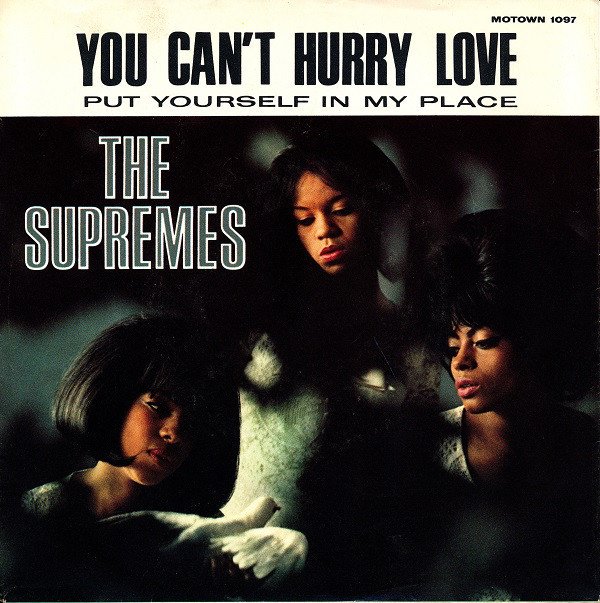
385
One in a long string of impeccable singles from The Supremes, “You Can’t Hurry Love” was another #1 hit for the group in America, and an international success to boot. Among the most pristine recordings to come out of Motown’s Hitsville U.S.A. studio, the track rivals virtually any pop single of the mid-sixties.
Driven by a characteristically sharp performance from Motown’s legendary house band, The Funk Brothers, “You Can’t Hurry Love” features a propulsive momentum that serves as a grounding mechanism for Diana Ross’ charming lead vocals. The primary melody was so strong, that even a shockingly bland Phil Collins cover couldn’t fully negate it.
Just one of many tracks that confirmed the genius of the Motown songwriting team of Lamont Dozier and brothers Brian and Eddie Holland, “You Can’t Hurry Love” provides timeless evidence for the power of an irresistible hook.
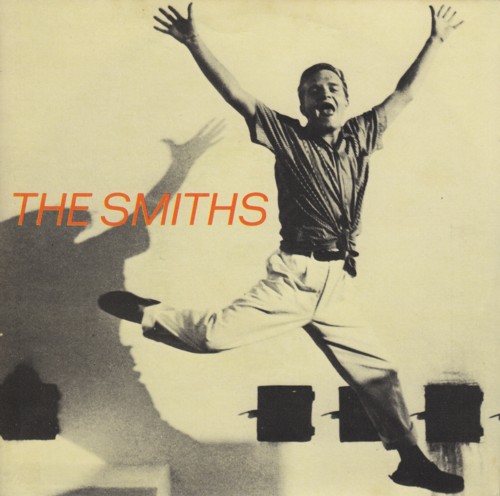
384
Oh, The Smiths. Few bands have ever burned quite so brightly for so short a time. Existing for a mere five years, the Manchester quartet would almost singlehandedly remake the British rock scene around jangly guitars, heart-on-sleeve lyrics, and endless debates over the value in weighing art against its creators.
There were two, equally important focal points to The Smiths. The first was Johnny Marr, who would set the template for post-post-punk/pre-Britpop guitarists in the UK. Then, there’s Morrissey. Undoubtedly a compelling frontman – with an uncanny knack for skirting the line between pompousness and self-effacement – he would come to embody nearly everything that was both fascinating and repulsive about rock stardom.
None of that matters on “The Boy With the Thorn in His Side.” Marr arguably reached his peak on on the track. His chiming leads provide an indelible hook, and the layers of acoustic guitar weave perfectly between the song’s lush orchestral arrangement. Morrissey is in peak form as well, delivering a vocal performance that wrests a tremendous amount of emotion from a relatively slight set of lyrics. It’s a masterpiece in miniature form.
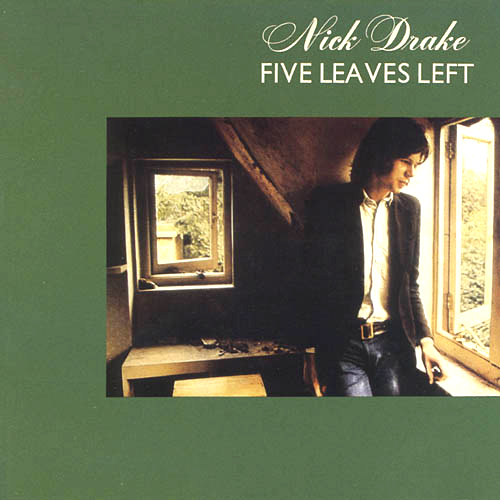
383
Nick Drake died at the age of twenty-six, virtually unknown, despite leaving behind a remarkable catalog of three practically flawless albums. Widely believed to have died by suicide, Drake’s music has posthumously taken on a greater, darker significance – becoming something of an archetype for melancholy singer-songwriters in the process.
Few tracks in Drake’s catalog trade in the same level of heaviness as “River Man,” the highlight from his 1969 debut album, Five Leaves Left. Drake delivers a wistful performance, not far removed from those that eventually made his swan song – 1972’s haunting Pink Moon – one of the most compelling records of the singer-songwriter era.
The real heaviness comes from Harry Robinson’s string arrangement. After a pair of unadorned verses, the sweeping orchestration begins to roll over the song like dark storm clouds. There are few moments in music more evocative than the song’s penultimate verse, in which Drake tells of a prayer “for the sky to blow away,” and the trilling strings finally bring the rain.
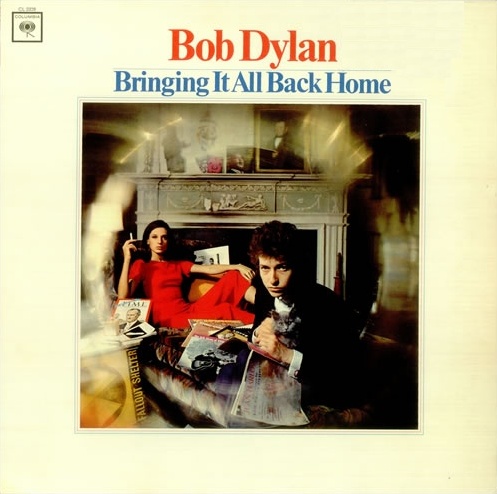
382
Though it’s widely suggested that Bob Dylan abandoned protest music with 1964’s Another Side, his subsequent work still managed to wield pointed social commentary – albeit in a more coded, nuanced manner. One of the most striking tracks from 1965’s masterful Bringing It All Back Home, “It’s Alright Ma (I’m Only Bleeding)” found Dylan abandoning overtly topical material, but still having plenty left to say about contemporary America.
“It’s Alright Ma” sees Dylan taking aim at an impressive number of moving targets – offering stinging criticism of consumerism, politicians, bigotry, and empty sloganeering on both sides of the ideological spectrum. It’s a sharp turn from the earnest folk songs that Dylan had made his name on, but it provides a vital link between that early phase of his career, and the reference-heavy symbolism of his new direction.
Dylan’s rapid-fire delivery is dizzying in both its precision and its density, making for one of the most intensely focused performances from his peak era. On his remarkable trio of albums from 1965-66, Dylan would manage to convey a startling depth of emotion, despite abandoning any commitment to linear narrative. The fiercely acerbic “It’s Alright Ma” is one of the most compelling examples.
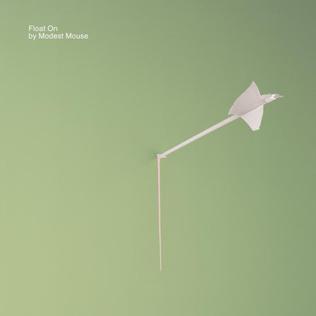
381
I was not an early arriver to Modest Mouse, first discovering the group upon the release of 2000’s The Moon & Antarctica. While that record found the band making a successful transition from an indie imprint to a major label, from my perspective, the group seemingly retained enough cred to remain an indie band in spirit – in a time in which such things still seemed to matter.
2004’s Good News for People Who Love Bad News arrived on a wave of promotion in surprisingly mainstream outlets – for example, I can still definitively recall first hearing “The View” several weeks before the album’s release, at an American Eagle store in the Flagstaff Mall. Once the record dropped, and “Float On” became a legitimate, unqualified hit, it was easy to be cynical about the band’s sudden widespread acceptance. I saw Modest Mouse at Phoenix’s Celebrity Theater that summer – a roughly 3,000-capacity venue that was a far cry from the parking lot I had seen them play in a week after 9/11. As a quasi-longtime fan, there was a certain disdain that I felt for the suddenly chic audience that this most scruffy of groups was playing to that evening – a disdain that I highly suspected the band shared.
I don’t really get too worked up about these kinds of things anymore. They seem remarkably quaint by today’s standards – a remnant of growing up during the relatively-carefree nineties, perhaps. Besides, if I wanted to direct my complaints in the appropriate direction, I’d probably have to turn them toward the group who managed to craft a single that perfectly captured the rising indie zeitgeist of the mid-2000s. I won’t say that “Float On” is the very best thing that Modest Mouse ever did, but I also won’t say that it isn’t.


